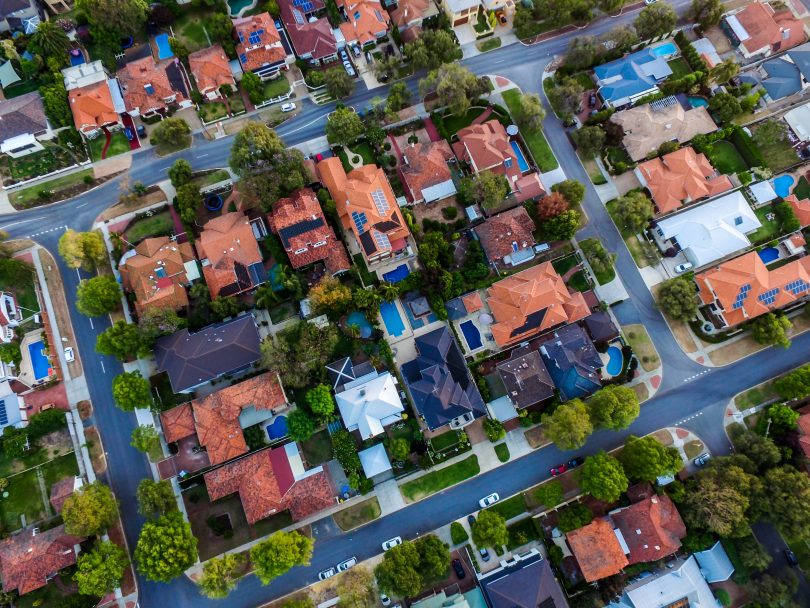Shannon Majnabadi reports for the Wall Street Journal on the rise of homelessness among baby boomers. As America ages, more older Americans cannot afford housing. The high proportion of older adults unable to afford housing in the US has not been seen since the Great Depression.
Judy Schroeder, 71. had few assets but was making ends meet in Naples, Florida, with the help of Social Security and a part-time job. Then, a rent increase of $500 and the loss of her job left her unable to afford her rent and homeless.
Schroeder searched for an affordable rental apartment without success. In the meantime, she slept on friends’ couches. She tried to get support for low-income housing and was approved for a federal Section 8 housing voucher. The voucher would cover the cost of her rent minus 30 percent of her Social Security income, which she would contribute. Still, although she tried hard, she could not find an available qualifying rental unit.
More older adults are homeless today. Housing is expensive. Social Security benefits do not tend to cover costs. Less expensive assisted living facilities are not managing to stay afloat.
The rate of growth in homelessness among older adults is greater than any other age cohort. And older adults represent an increasing share of the total homeless population. Federal data show that, in 2018, 16.3 percent of people living in homeless shelters were over 55 and that, in 2021, 19.8 percent of people living in shelters were over 55.
Homelessness among older Americans often stems from medical emergencies or the death of a spouse. Older adults are often taken by surprise. They had worked throughout their lives and thought they were prepared for retirement.
Often older Americans find their rent unaffordable. It’s hard for them to move away when it means leaving their family and friends. And, it also means leaving their doctors.
At the same time, even when apartments are affordable, landlords turn people with low incomes away. Many landords won’t accept tenants with incomes that are below three times the cost of their rent.
Some older adults end up living in their cars. They park in places where there’s security. Meanwhile, they put their names on long waitlists for senior housing.
People with Medicaid also often find themselves on waitlists for long-term care. In one area near Tampa, the waitlist is 2,600 older adults long.
Putting aside the lack of affordable housing for older adults, many older adults looking for affordable housing truly need long-term care services as well.
Here’s more from Just Care:











…and with the GOP looking for ways to gut Social Security and low income housing assistance, this crisis will only become worse, much worse. They are willing to dump elderly and disabled people on the street so for the sake of their wealthy and corporate donors who buy their Hose and Senate seats or them. Most are already affluent . many millionaires os it’s no wonder they have little compassion because “they have therie’s” and either forgot or never understood what it meant to struggle financially barely making it month to month.
Of course it is always easy to prey on the most vulnerable instead of those who can fight back.
In a sense teh (R)s, along with some (D)s, have turned turn Congress into this nation’s version oan oligarchic “Politburo”, given all the corruption and conflicts of interest involved. They are not concerned about the well being and best interests of the common citizens of this nation whom they took an oath to serve.
This is what taxation without representation looks like, which is tyranny.